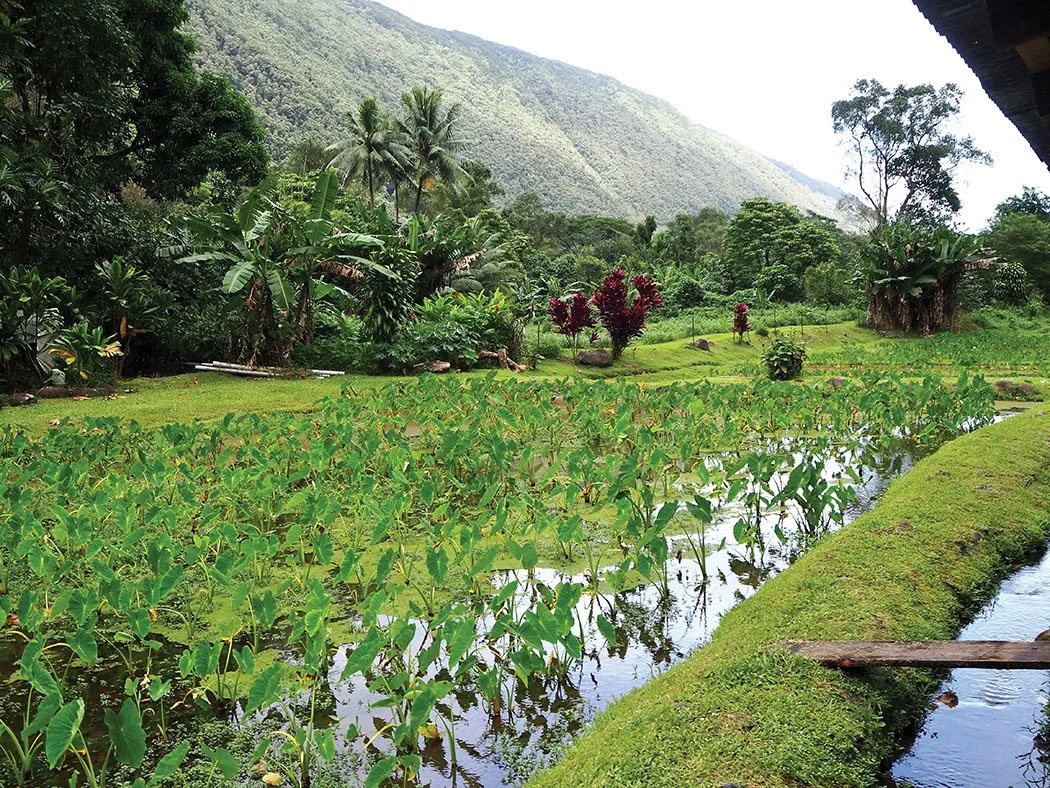Saturday, October 25, 2025
University of Hawaiʻi Maui College (UHMC)
Registration for this event is closed
In Language There Is Life is a one-day professional development institute that explores the power of storytelling to support the well-being of classrooms and communities. Rooted in the ʻōlelo noʻeau I ka ʻōlelo nō ke ola (in language there is life), this gathering honors poetry, oral traditions, and cultural practices as pathways for healing, resilience, and educational excellence.
The institute weaves together three complementary approaches:
Arts & Culture: Youth voice, oral tradition, and performance as healing practices
Health & Wellness: Cross-sector dialogue exploring arts, education, and community care
Teacher Development: Practical, culturally grounded strategies for classroom flow and student engagement
While open to all educators, the institute provides special incentives and targeted support for new and early-career teachers within their first seven years of practice.
PROGRAM OVERVIEW

Schedule Overview
8:00AM • Check-in, Light Breakfast, Welcome
8:30AM • Opening Protocol, TeAda Integration
9:00–10:00am AM • Opening Keynote Panel: Indigenous Leadership, Oral Traditions and Literacy in Arts, Education & Health
Panelists: Moses Goods, Kaliko Kaauamo, King Kekaulike Student Poets
10:10 - 11:00 AM • Break Out Session 1
11:10 - 12:00pm • Break Out Session 2
12:00–12:30 PM • Integration & Closing
Special Support for New Teachers
Teachers within their first seven years are eligible for a $200 stipend to attend.
Portions of the conference will be available online
Program Highlights
Welcome Protocol & Hōʻolauna led by The Maile Grove
Keynote Panel featuring Moses Goods - of Chief of War- and Youth Speaks poets on oral tradition, resilience, and literacy as pathways to healing
Facilitators: Co-led by AHAS and The Maile Grove, with partners from Youth Speaks and UHMC. Our facilitation team includes educators, cultural practitioners, and arts integration specialists with decades of combined experience in Hawaiʻi schools and communities. Together, we bring expertise in Hawaiian language and culture, trauma-informed practice, arts-based learning, social-emotional learning, and classroom management—all grounded in research-based, culturally sustaining approaches.
By the end of the institute, educators will:
Gain practical, culturally responsive tools for classroom wellness and engagement
Feel more confident in relationship-centered teaching approaches
Have a customized toolkit linking arts strategies to NCAS and HĀ standards
Connect with a peer network committed to culturally sustaining education
Experience renewed sense of purpose and professional community
BREAK OUTS: Arts-Based Strategies for Classroom FLOW
Arts-Based Tools for Engagement & Behavior
Drama routines for classroom management
Writing practices for emotional regulation
Music and movement strategies for transitions
Aligned with NCAS standards in Theatre, Music, and Visual Arts
Hawaiian Place-Based Practices for Resilience
ʻĀina-grounded observation and reflection techniques
Cultural protocols that support classroom community
Sovereignty and healing through place-based learning
Aligned with Nā Hopena Aʻo (HĀ) outcomes
Storytelling & Relationships Through the Arts
Moʻolelo and personal narrative for connection
Collaborative artmaking for classroom safety
Poetry and creative writing for social-emotional learning
Integrating Media Arts and Theatre NCAS standards

Presented in partnership with AHAS: Archive for Health, Arts & Spirit, The Maile Grove, Hawaiʻi State Foundation on Culture and the Arts, Youth Speaks, and UHMC English Department







